Published in the Sunday Gujarat Samachar on 04 August, 2024
If you are a regular reader of this space, you will know that back at the start of 2024, I had told you that 2024 is the year of the Northern Lights. In that same write up, I had mentioned that there are several exciting events coming up in 2024 that are coming about after several years and will not recur for a few more to come:
- T20 Cricket World Cup: Which, now when we can look back, gave us such incredible memories of India’s victory! That catch by Suryakumar Yadav in the final still gives me goosebumps.
- Summer Olympics in Paris: There is a large chance that when you are reading this article, we will be mid-way through the Olympics! And in long memory, these have been the most visually spectacular Olympics, that I have witnessed!
Now these two events will come back in a few years, but the Northern Lights of 2024, are one phenomena, that I suggest you make note of most crucially - one that may not return for more than a decade to come. And that is why my title: 2024 was and is still the year of the Northern Lights!
Even the Veena World tour designers think so which is why they have launched newer Northern Lights departures. Details about that are below, but here, I want to talk about the Northern Lights.
So basically, Northern Lights or Auroras as they are called are a natural electrical phenomenon characterized by the appearance of streams of reddish or greenish light in the sky. The Northern Lights are the aurora display seen in the high-latitude regions around the Arctic regions of our planet. Similarly, there are Southern Lights too, known as Aurora Australis. These are aurora displays in the Earth's southern hemisphere. It was only in 1619 that Galileo Galilei coined the term “Aurora Borealis” derived from the Greek words “aurora” meaning sunrise, and “boreas” meaning wind.
Humans have observed this cosmic wonder for centuries, seeking explanations for the fiery display in the pitch black of the night. In Estonia and Finland, they believed the lights to be the manifestation of spirits. In Finland, it was believed that there lived “fire foxes” in Lapland who would whisk sparks in the skies with their tails. From interpretations of divine messages and omens, to clashes between the gods, ancient civilizations including the Vikings, indigenous Arctic people, and even Aristotle, made observations and developed myths and legends around the lights.
But with the progress of astronomy and science, the discovery of the true origins of the Auroras are no less fascinating. The sun continuously emits electrically charged particles known as solar winds, that travel across our Solar System. When these energised solar winds reach the Earth’s atmosphere at high speeds (sometimes up to 72 million kph), the earth’s magnetosphere protects us by redirecting these particles, primarily electrons and protons, towards the two poles. But this magnetic shield is not perfect. Because of the shape of the earth, some of these particles do indeed make their way into the atmosphere closer to the poles. As the solar winds travel pole-ward, they collide with gas particles, including oxygen and nitrogen resulting in a dramatic theatrical light display. Auroras appear in various shades of green, with occasional hues of pink, red, yellow, blue, and purple. Green is the most common as it is the colour emanated when solar particles collide with oxygen molecules at altitudes of 100 to 300 kilometres (60 to 186 miles) above the Earth's surface. Red and purple hues occur at higher altitudes, while blue and violet are rarer and appear during intense solar activity. We often tend to hear more of the Northern Lights mainly because the landmass near the Arctic allows us to have many viewing opportunities for the Northern Lights.
So what is so special about the Northern Lights and 2024? This year is when scientists expect to see the peak of solar activity in a 11-year cycle, called the “Solar Maximum”. During this phase, the sun experiences heightened activity, including an increase in sunspots, dark areas that sometimes appears on the sun’s surface, which emit more streams of the solar winds towards Earth. When these increased number of particles will interact with Earth's magnetic field, particularly at the poles, they will create even more stunning brighter auroras.
What does this mean for us as observers? The increased solar activity during the solar maximum means more charged particles, leading to more frequent and intense Northern Lights, potentially visible even at lower latitudes. And this seems to have already started - my cousin flying back to India from the US via Europe witnessed first-hand a stunning display of the Northern Lights in the night sky from his plane window at the start of the year.
The best places to see the Northern Lights during the upcoming solar maximum in 2024 and 2025 include Norway (especially in parts like the Lofoten Islands, Svalbard, and Tromsø), Swedish Lapland, Iceland, Rovaniemi and Finnish Lapland, and Canada. These locations offer great chances to witness the Northern Lights due to their high latitudes and darker skies, which are very important to view the Northern Lights.
The best time to view the Northern Lights is during the winter months, from late September to early April, when there are longer nights and darker skies, which are ideal for observing auroras. As our Tour Managers always tell us, the experience of seeing the auroras is often described as surreal and mesmerising, often being compared to a child seeing snow for the first time in their lives. Even today, it is on my bucket list and I’m really hoping to tick it off in the latter half of 2024.
And if they are going to be the brightest in 2024, then I’m highly confident that your trip to see the Northern Lights is also going to be in 2024. Hundreds of tourists from all around the world have already witnessed the bright Northern Lights, it’s your turn now! So check out the tours below and definitely go and tick this off your bucket list. Chalo Bag Bharo Nikal Pado.











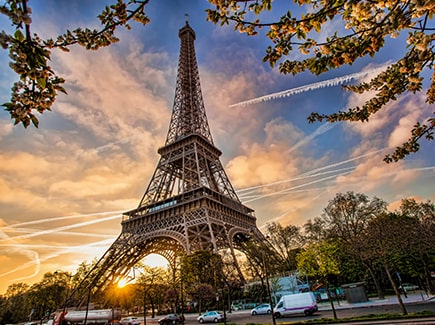
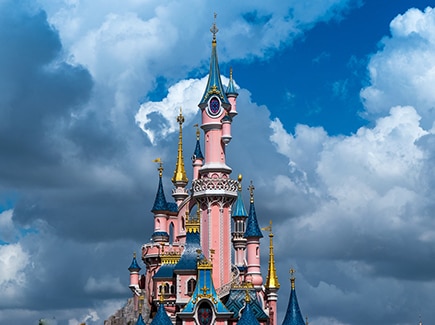
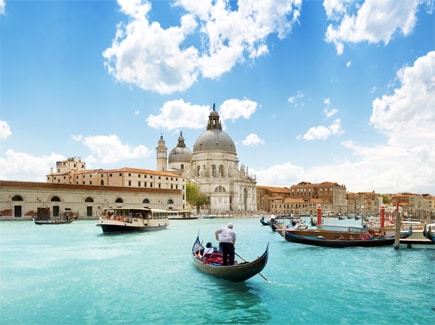
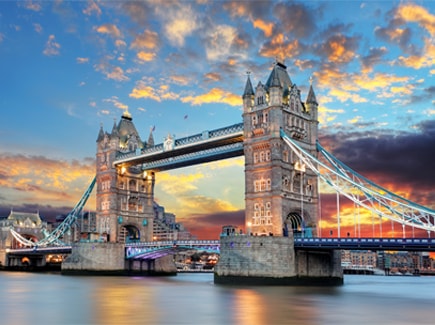
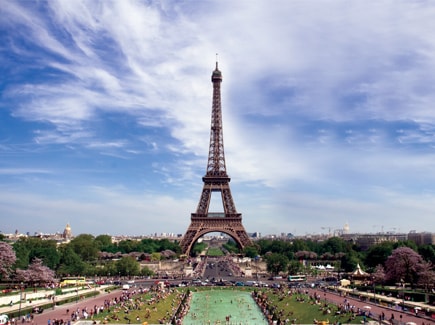













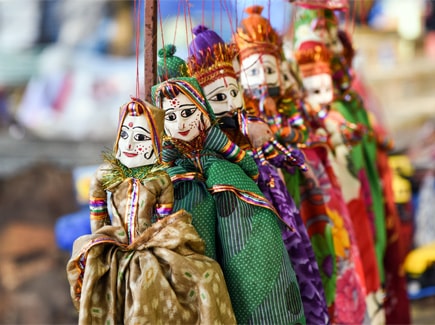
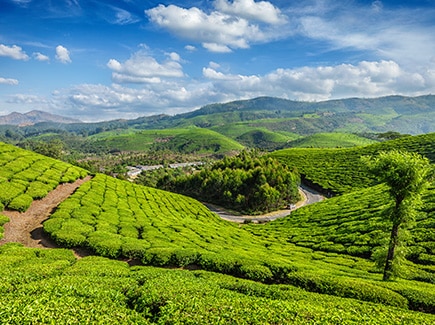
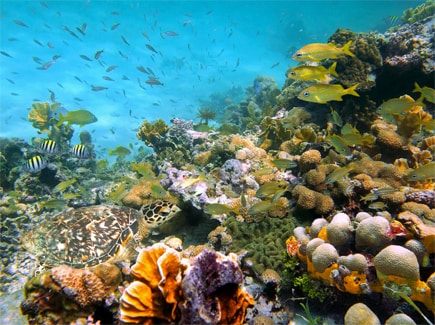
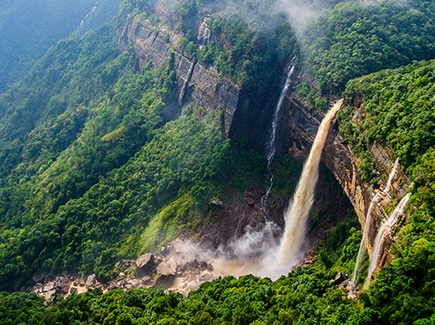
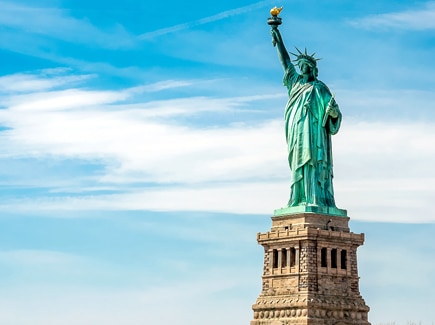
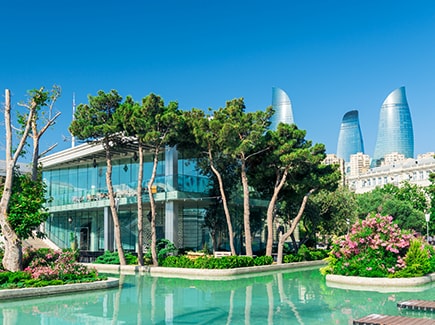
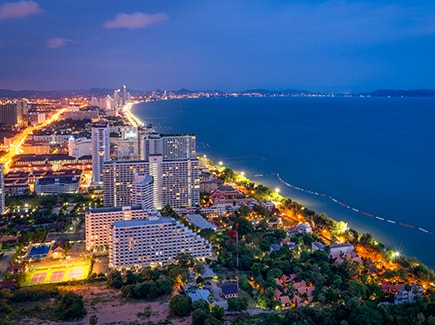
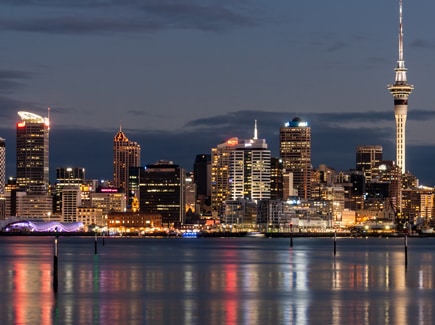














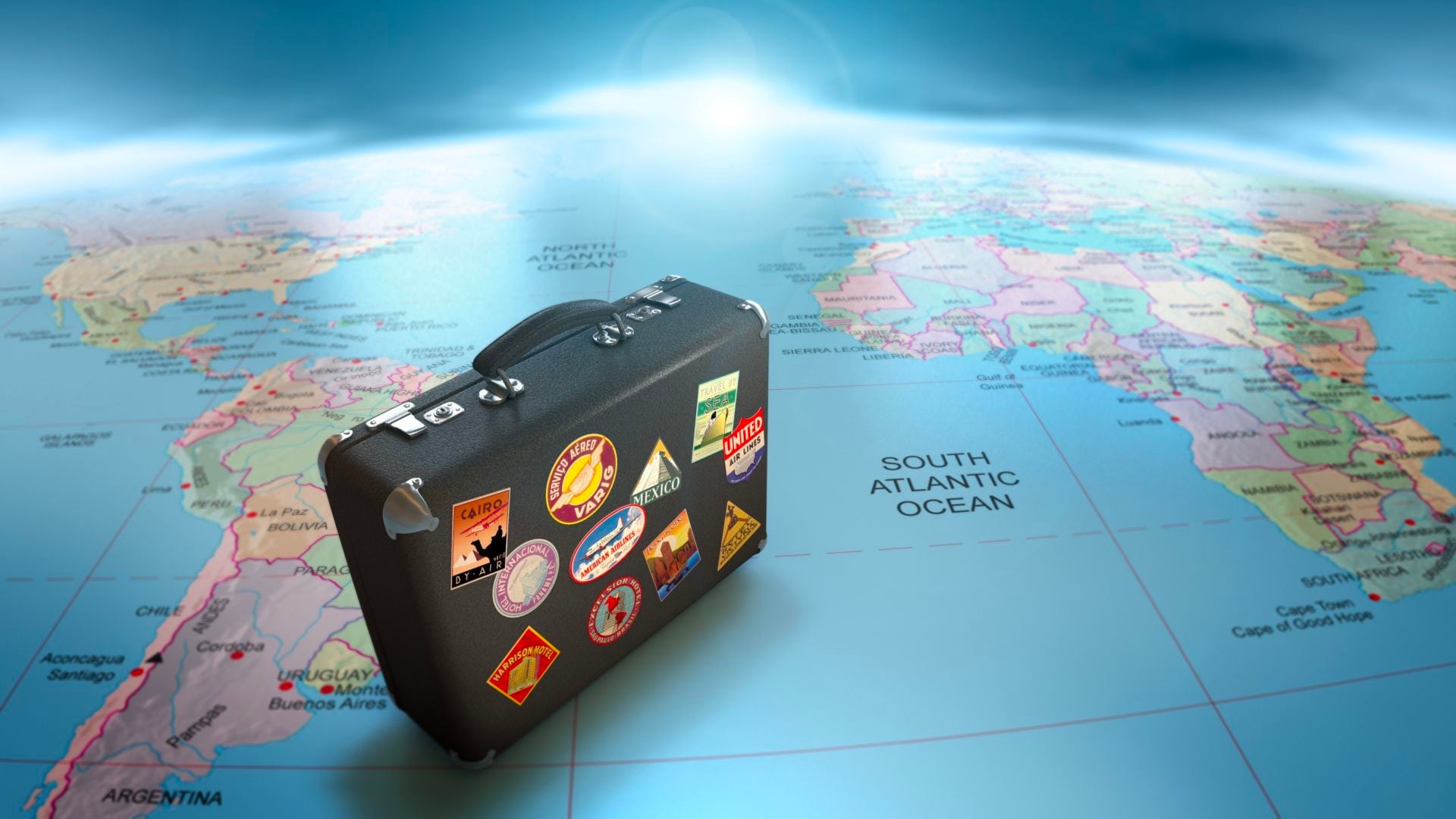

Post your Comment
Please let us know your thoughts on this story by leaving a comment.